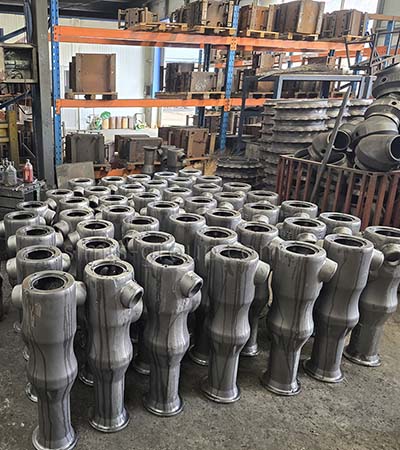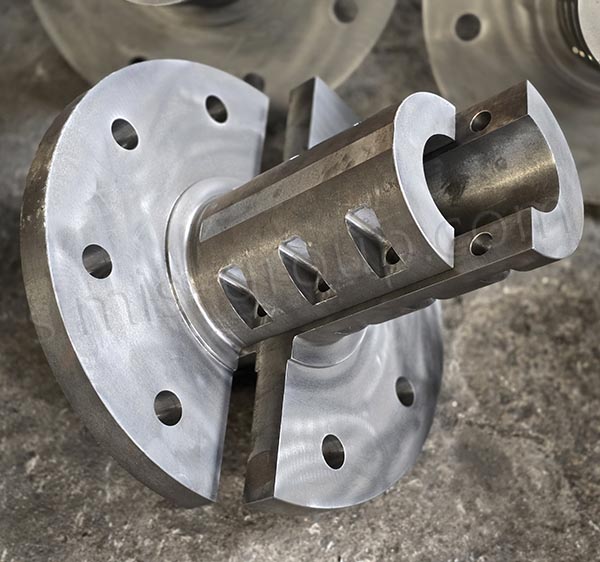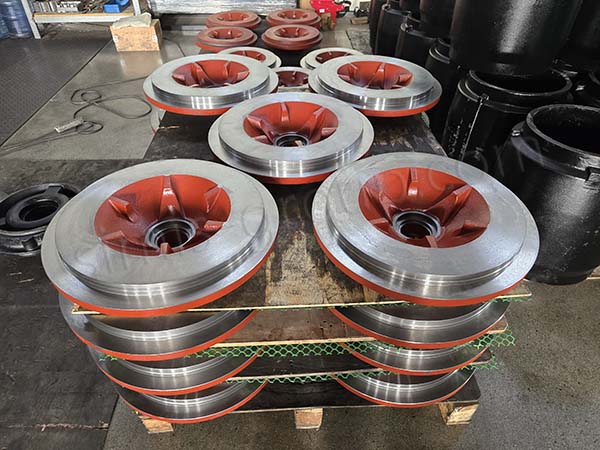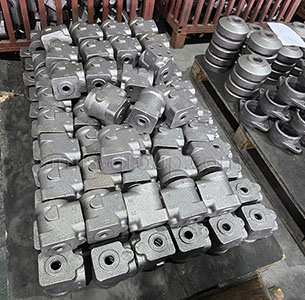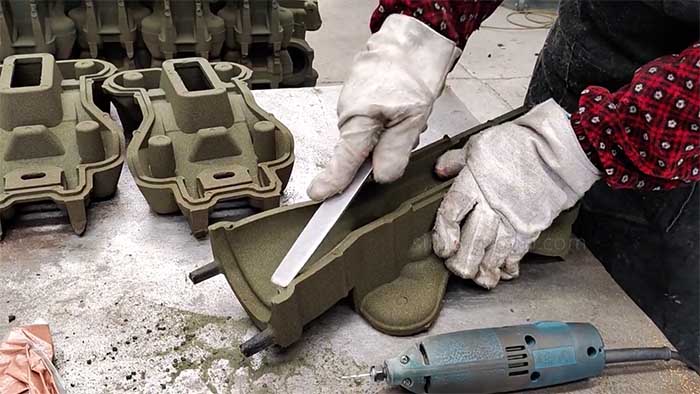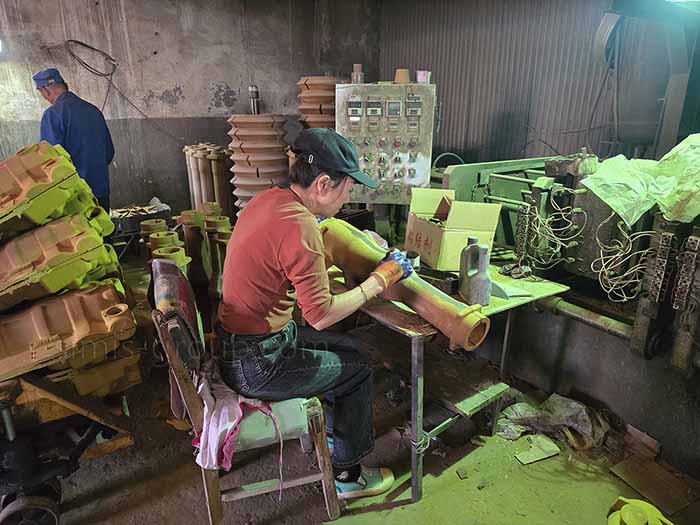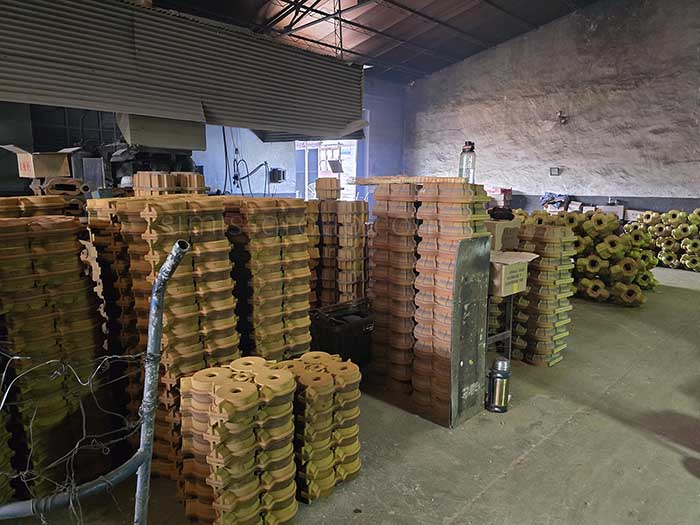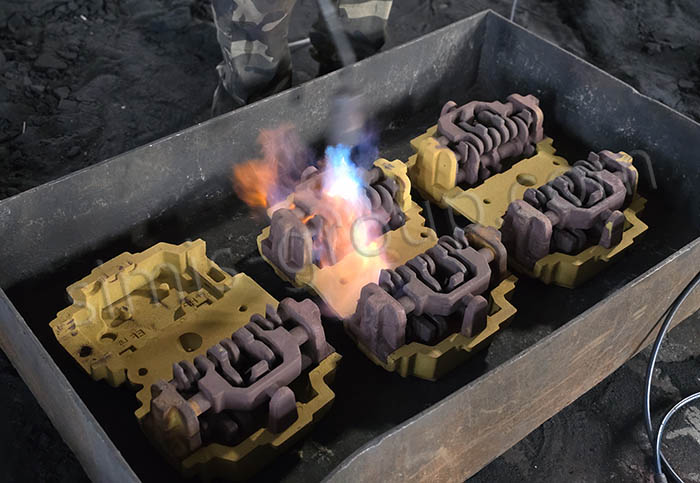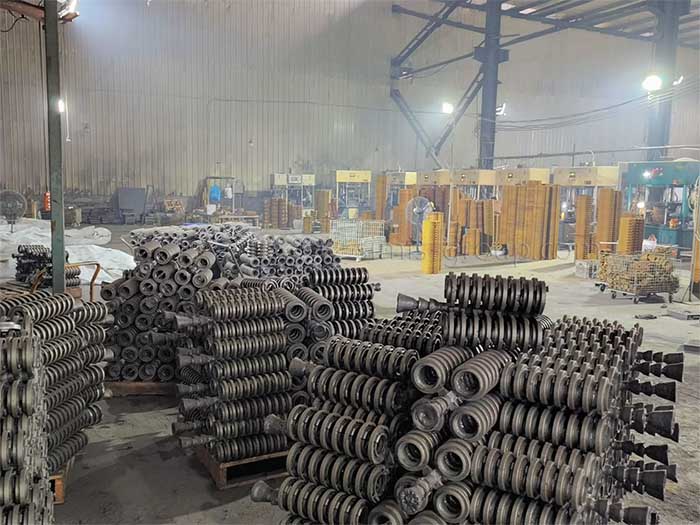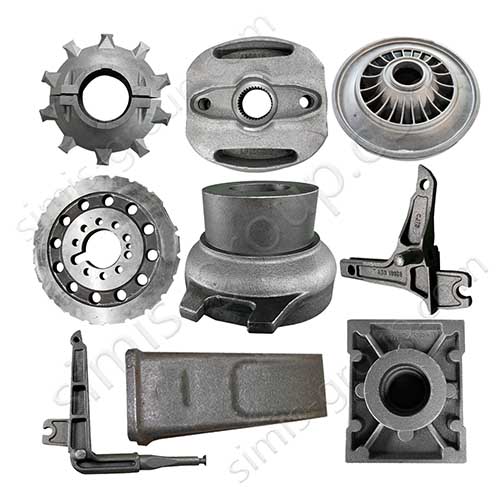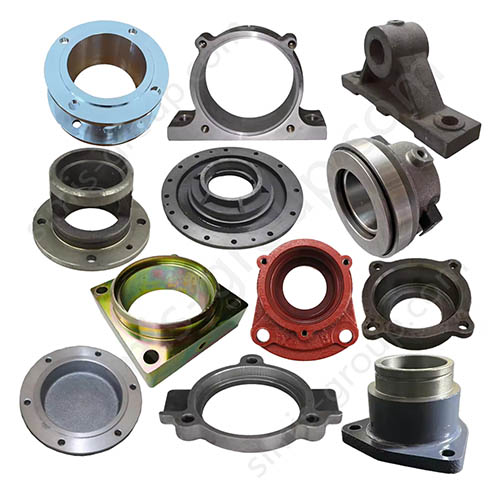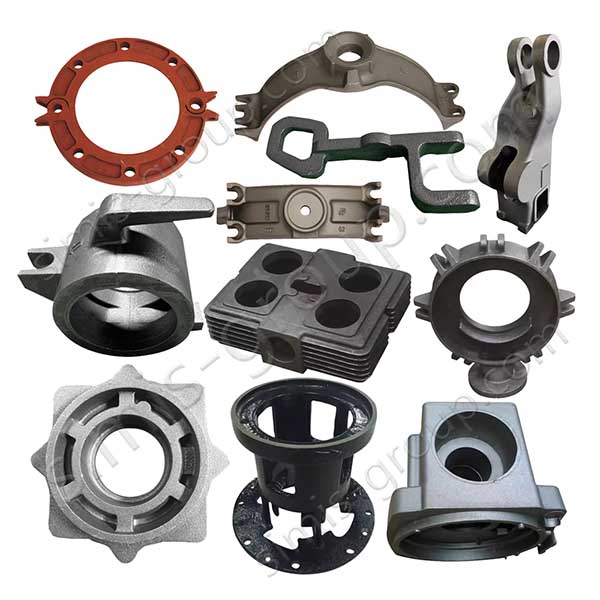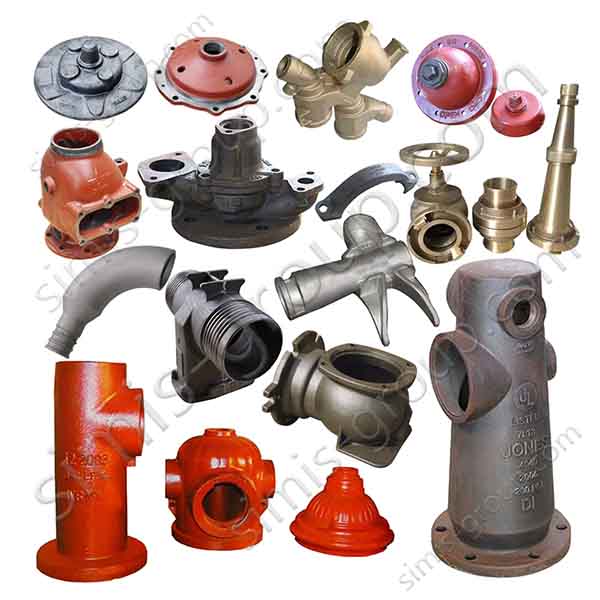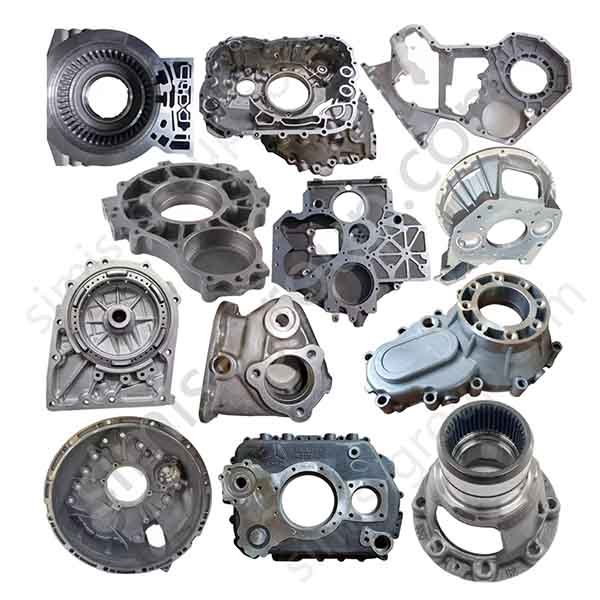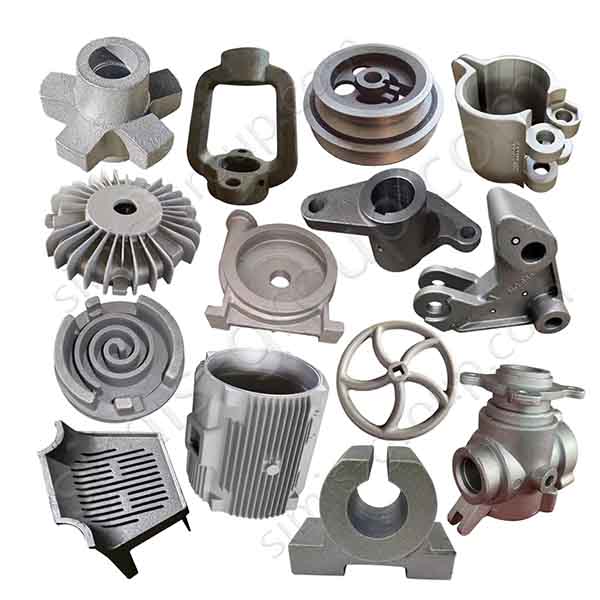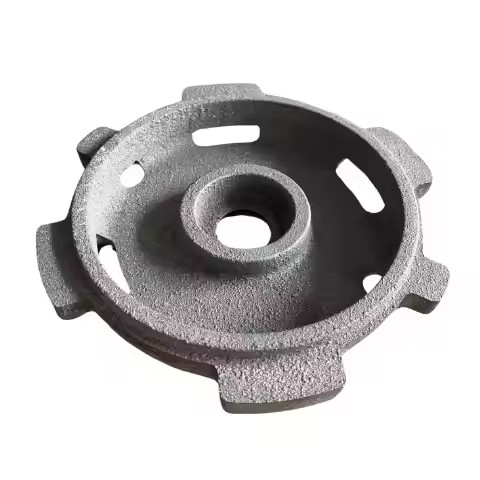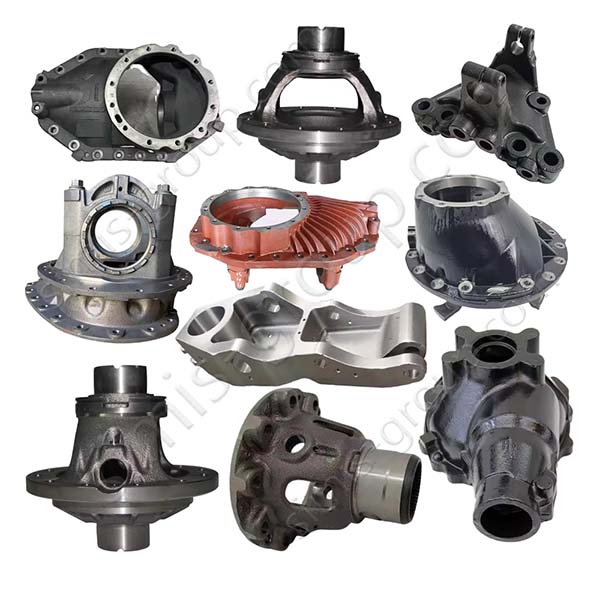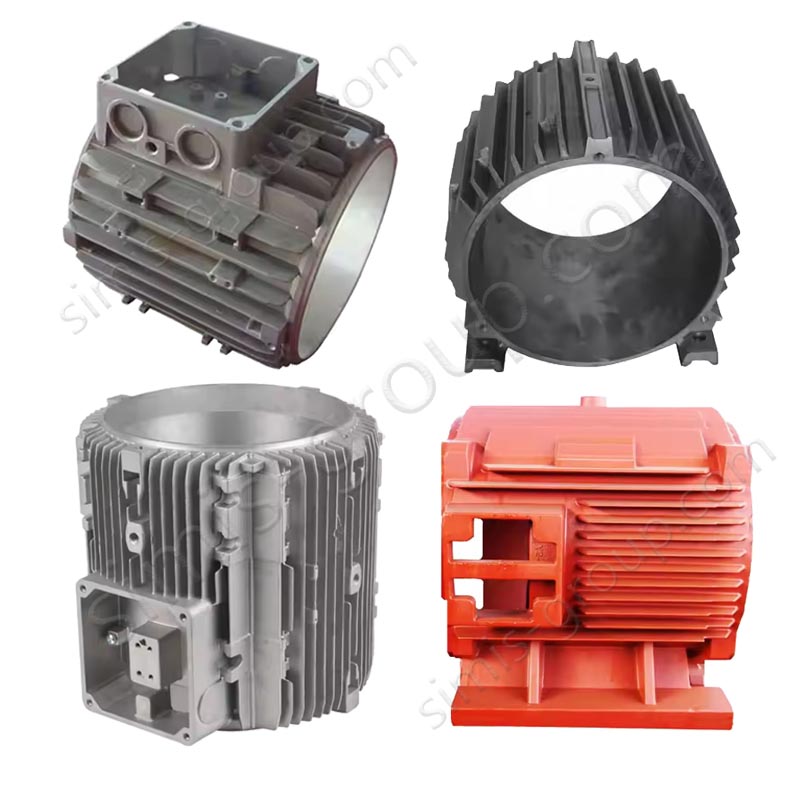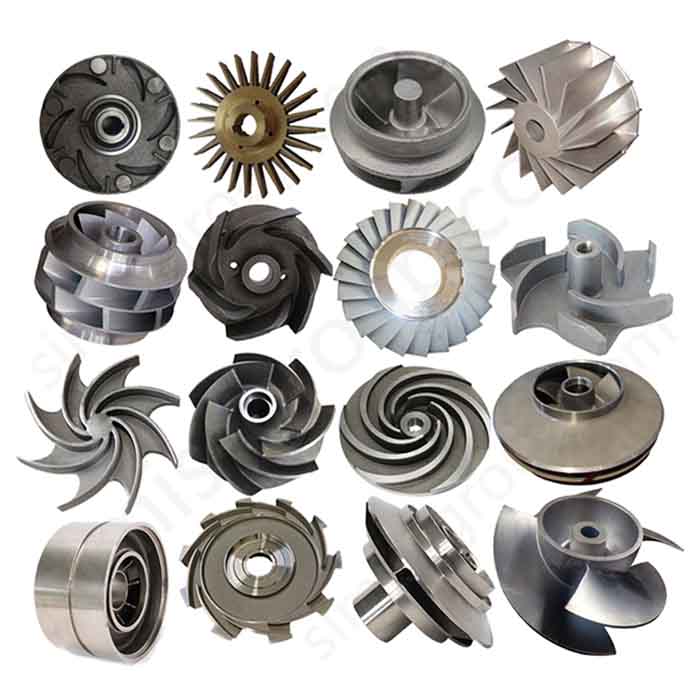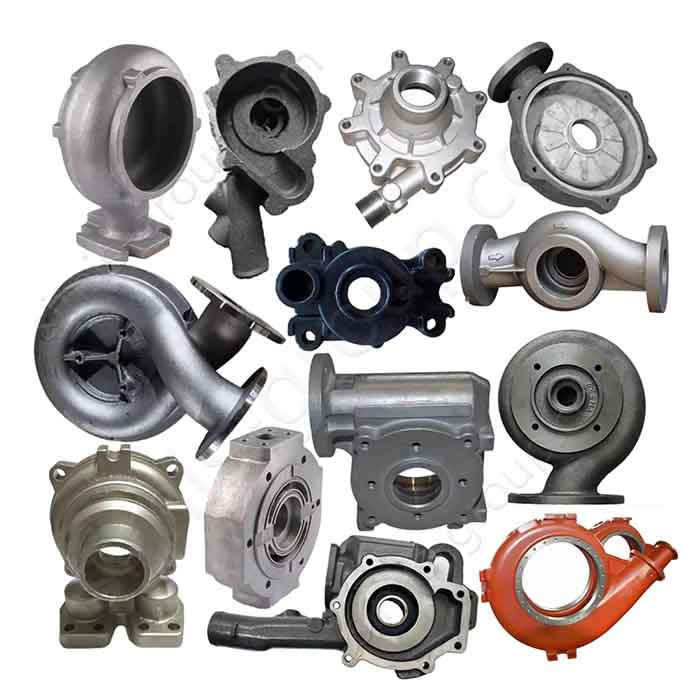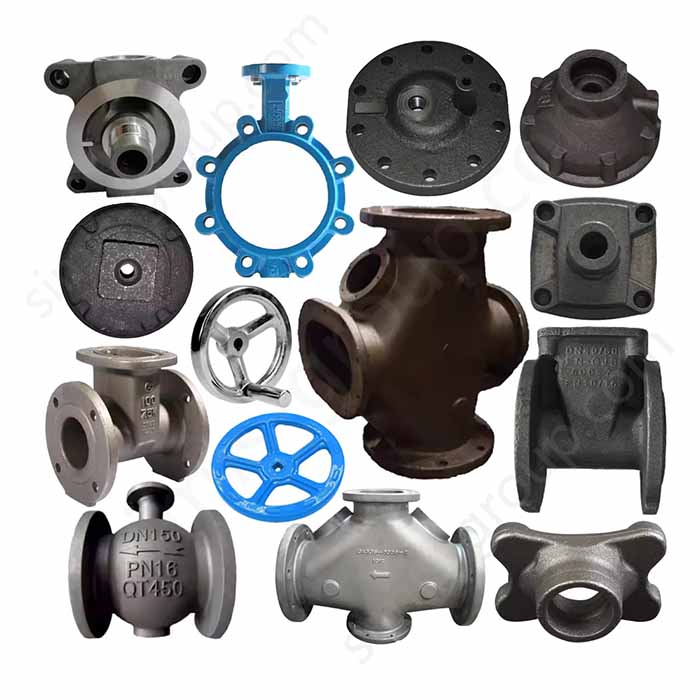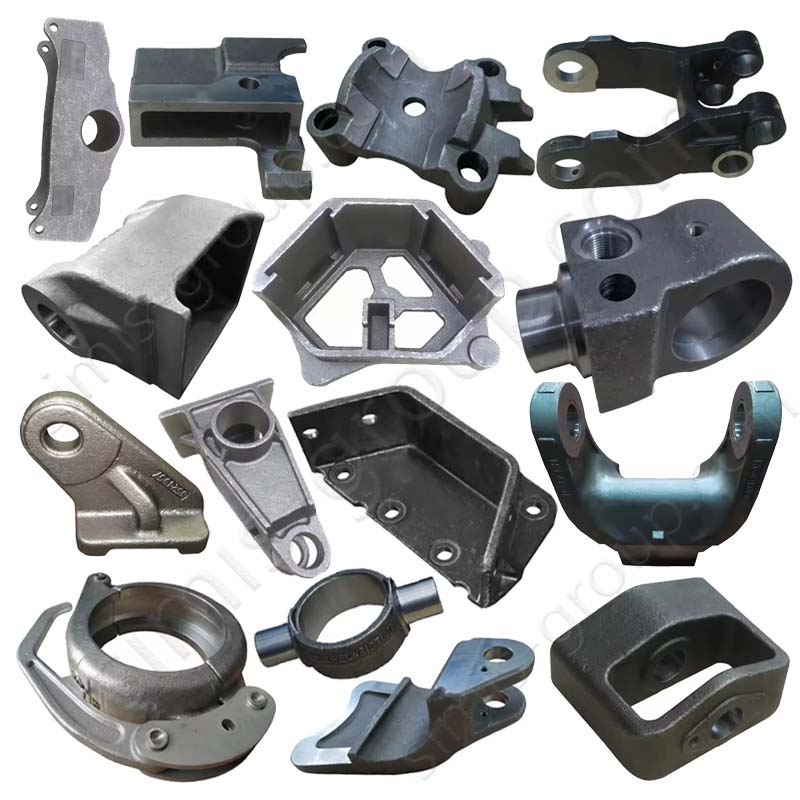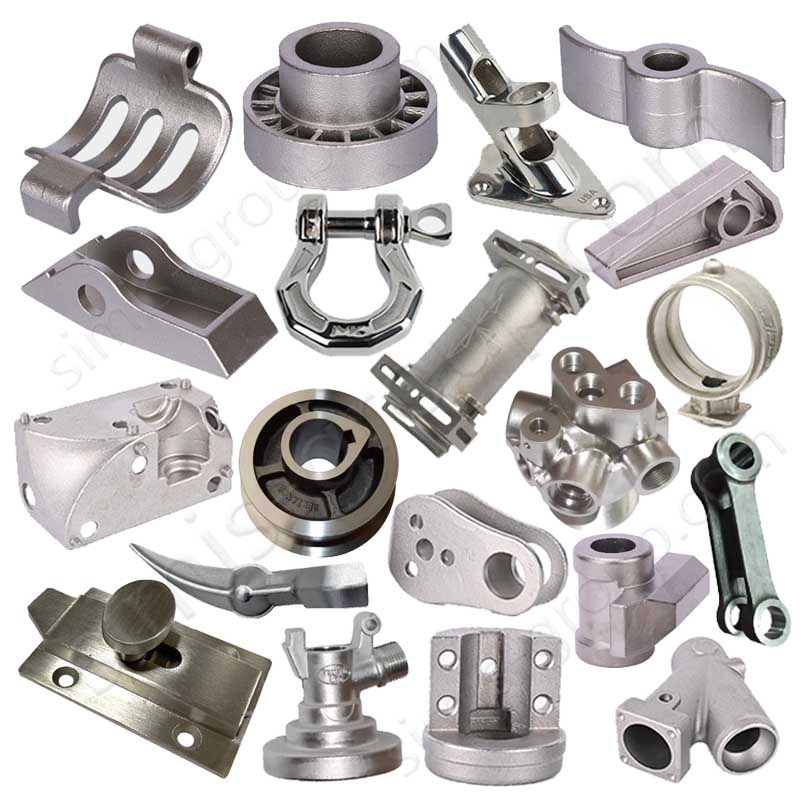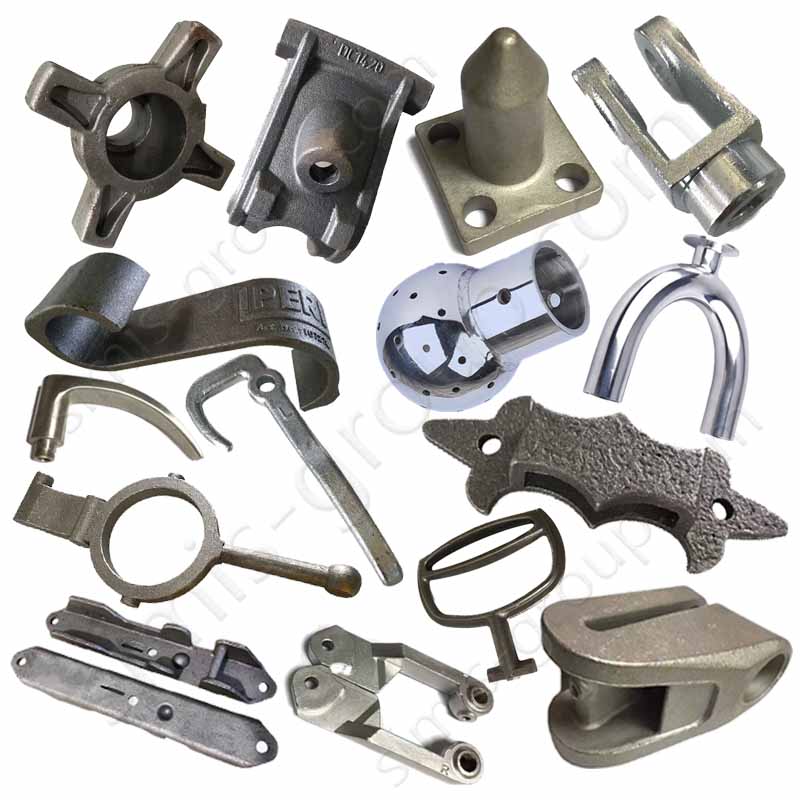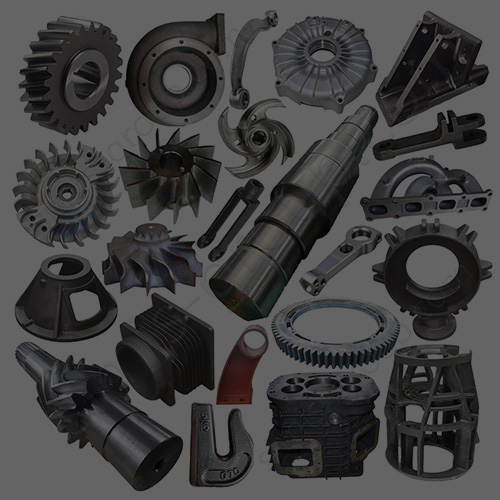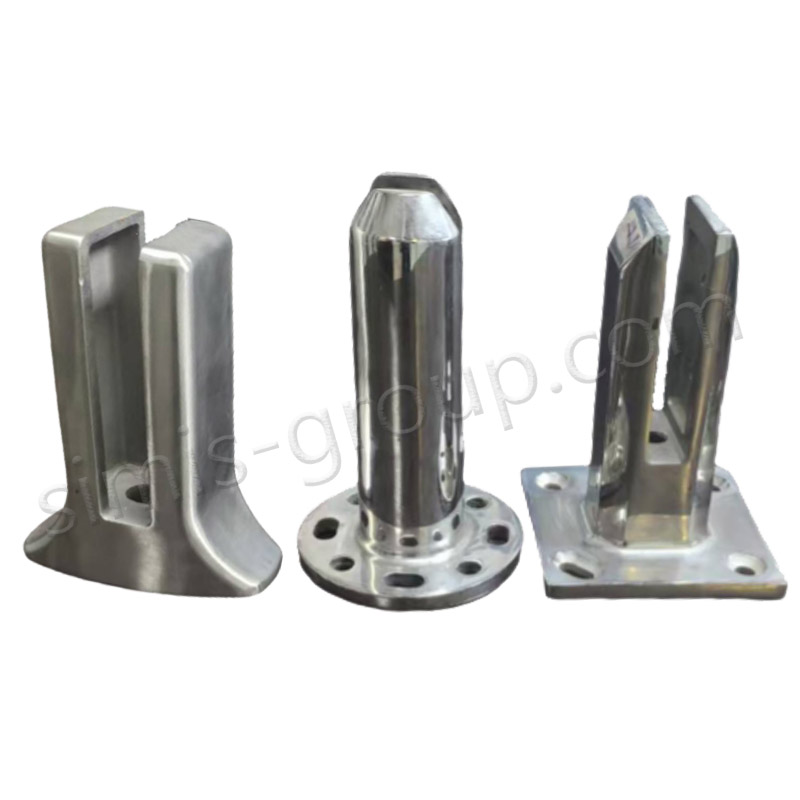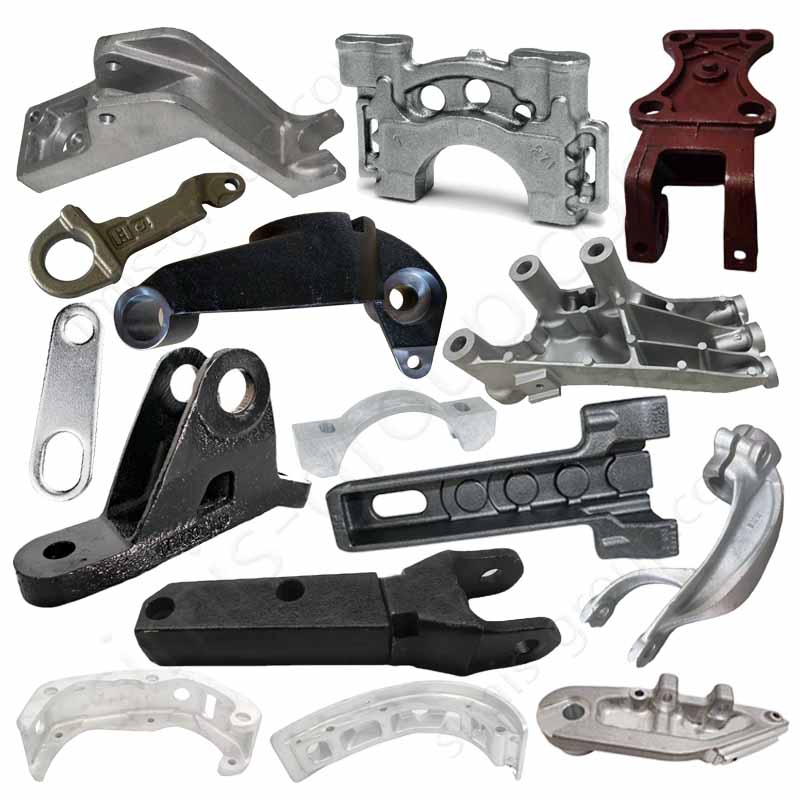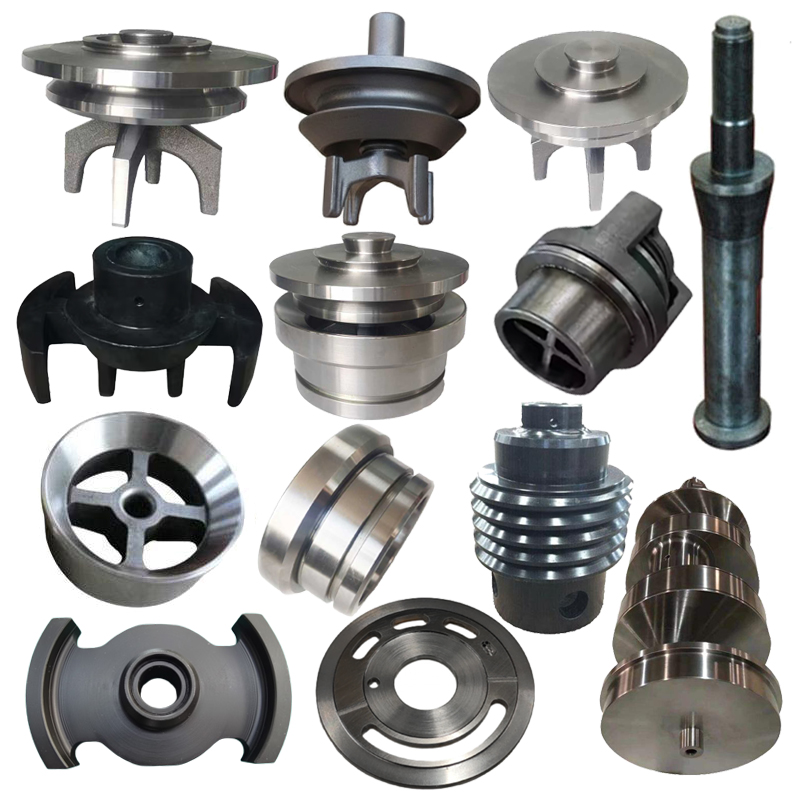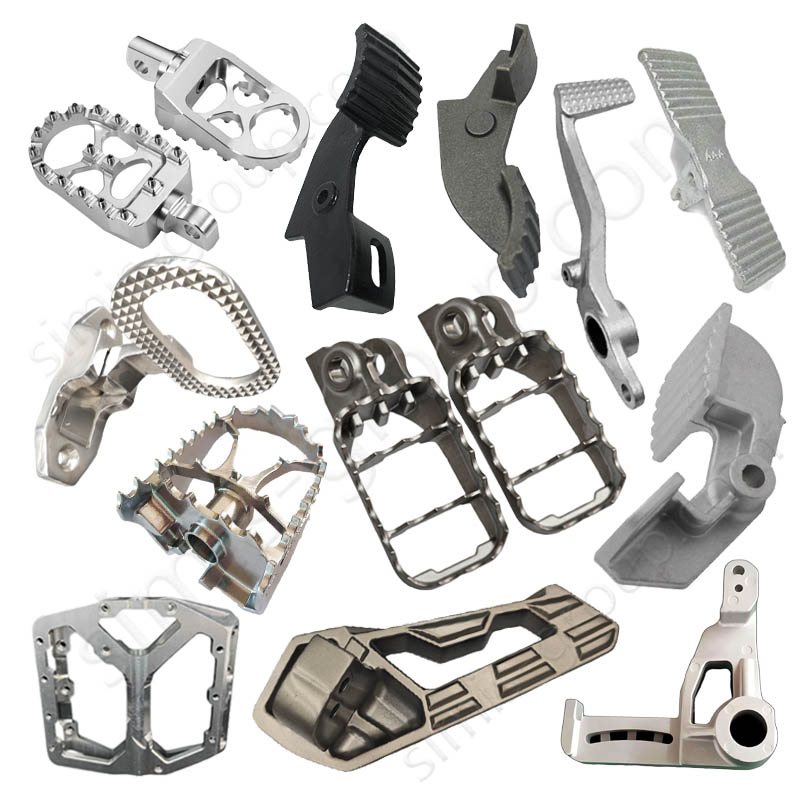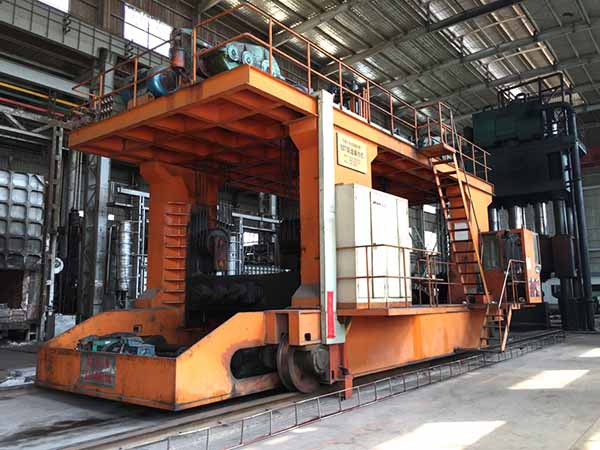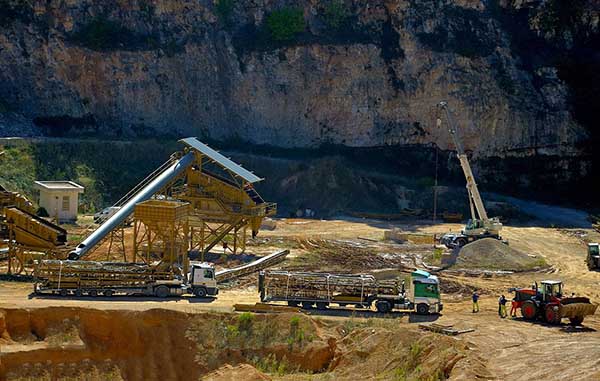Simis Shell Mold Casting Foundry
Shell Mold Casting Factory Introduction
SIMIS Shell Molding Foundry specializes in the production of high-precision, small to medium-sized metal components using the shell mold casting (Resin Coated Sand Casting) technology.Our advanced equipment and stable process control deliver high dimensional accuracy, superior surface quality, and efficient production, making shell mold casting ideal for high-accuracy, medium-volume needs.
Resin-Coated Sand Production: Our line features automatic control over temperature and resin ratio, ensuring consistent sand quality.
Shell Forming: We use specialized Shell Mold Forming Machines with heated metal tooling, which allows for fast curing and high mold repeatability.
Melting: Multiple Medium-Frequency Induction Furnaces (500 kg, 1 t, 2 t) handle various steel and iron alloys.
Pouring: Automatic Pouring Systems provide precise control over temperature and flow, essential for complex mold filling.
Casting Weight: 0.5 kg – 80 kg
Maximum Dimensions: up to 800 mm × 600 mm × 400 mm
Surface Roughness: Ra 3.2 – 6.3 μm
Dimensional Accuracy: CT6 – CT8
Custom Shell Mold Casting Parts
Shell Mold Casting Process
Shell Mold Casting Process Overview
Shell mold casting is a high-precision method that creates a hard, thin shell mold using specialized coated sand and heat. Molten metal is then poured into this shell to produce complex, high-precision, small to medium-sized castings.
The shell mold casting process offers high mold dimensional accuracy, excellent surface quality, and strong consistency. It is ideal for mass-producing parts with strict requirements, such as valve bodies, pump housings, and mechanical components, and is widely used in the automotive, machinery, and engineering sectors.
1. Mold Design and Manufacturing
A metal pattern (usually cast iron or steel) is produced based on the required casting design. This pattern dictates the final mold cavity shape.
2. Coated Sand Preparation
Coated sand is prepared by mixing quartz sand with a thermoplastic or thermosetting resin. This mixture provides superior fluidity and molding properties.
3. Heating the Metal Pattern
The metal pattern is preheated evenly to a specified temperature (typically 250–350°C). This consistent heat is critical for curing the sand shell effectively.
4. Sand Filling and Curing
The coated sand is injected into the heated pattern, filling the cavity via vibration or gravity. The sand quickly softens and cures upon contact, forming a hard shell of uniform thickness. Excess uncured sand is removed by flipping the pattern.
5. Shell Demolding
Once the shell is cured, the pattern's parting surface is opened, and the formed sand shell mold is carefully removed.
6. Shell Assembly and Bonding
The upper and lower shell halves are bonded together using adhesive or heat, ensuring a tight, leak-free closure. If needed, prefabricated sand cores are placed inside the mold cavity before assembly.
7. Mold Preparation and Pouring
The assembled shell mold is secured on a pouring platform or in a flask to prevent movement. Molten metal (such as steel, iron, or aluminum) is then injected through the designed runner system.
8. Cooling and Demolding
After the molten metal solidifies, the shell mold is broken away to remove the casting. The shell becomes brittle during cooling, making it easy to fracture and remove.
9. Casting Cleaning and Post-Processing
Residual sand and surface oxide scale are removed via shot blasting or sand blasting. The pouring system (gates and risers) is cut off, and the casting undergoes final grinding, finishing, and size inspection.
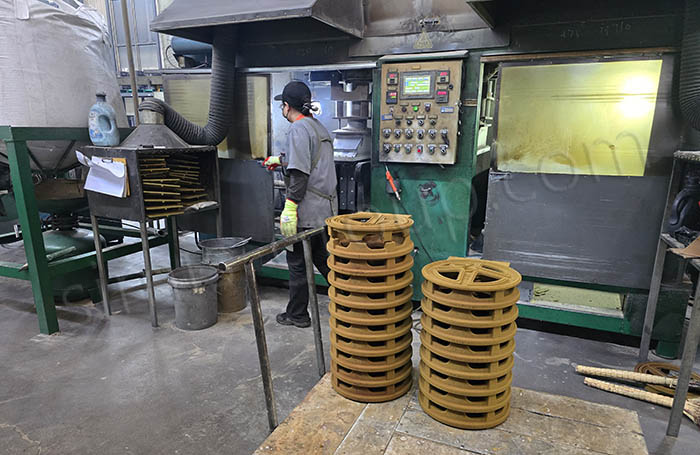
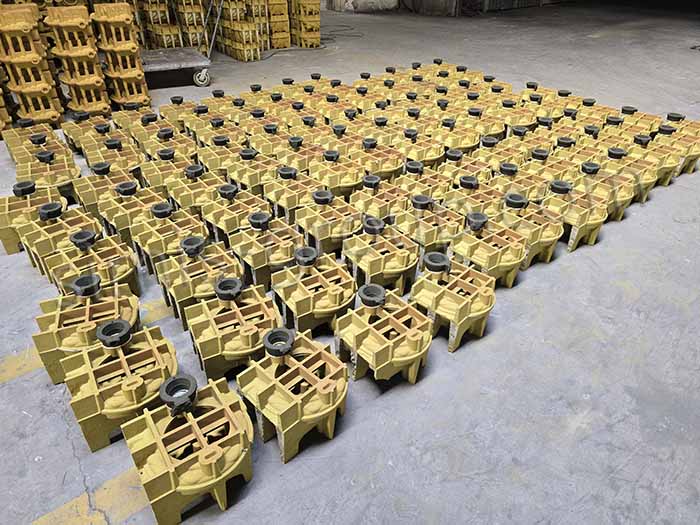
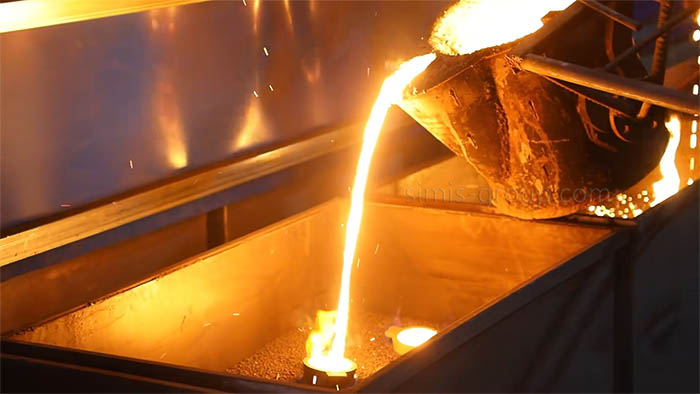
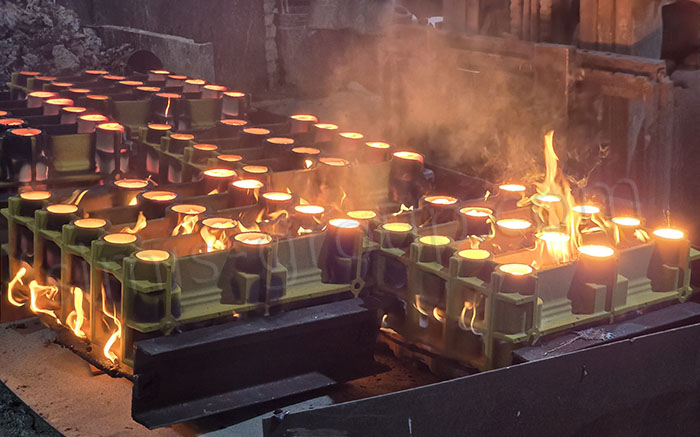
Materials For Shell Mold Casting
What metal parts can be cast in Simis Shell mold casting factory?
SIMIS Shell Mold Casting provides custom production services for small and medium-sized precision metal parts. We utilize materials including gray iron, ductile iron, carbon steel, alloy steel, stainless steel, aluminum alloys, and copper alloys. Shell mold castings deliver a smooth surface and high dimensional accuracy that, when combined with heat treatment and machining, directly meet critical assembly requirements.
These castings are ideal for complex, high-precision components such as automotive engine parts (e.g., cylinder heads, manifolds), hydraulic valve bodies, pump housings, transmission housings, and other small mechanical parts.
Gray Iron Shell Mold Casting
Suitable for thin-walled structural parts and precision housings like pump bodies and small gearbox housings. Shell casting guarantees uniform wall thickness and a smooth surface.
(Typical grades: ASTM A48 Class 30/35/40).
Ductile Iron Shell Mold Casting
Ideal for small parts needing moderate stress or impact resistance, such as pump casings, valve bodies, and gear housings. Shell casting achieves thin walls and precise cavities.
(Typical grades: ASTM A536 80-55-06, EN-GJS-700-2).
Carbon Steel Shell Mold Casting
Used for load-bearing structural parts like pump covers and mechanical supports. Shell castings offer smooth surfaces, uniform thin walls, and reduced machining allowances.
(Typical grades: ASTM A216 WCB, AISI 1045).
Alloy Steel Shell Mold Casting
Reserved for high-stress applications such as small gear blanks, supports, and hydraulic components. Precise shell molding ensures wall thickness uniformity.
(Typical grades: AISI 4140, 8620).
Stainless Steel Shell Mold Casting
Crucial for corrosion-resistant applications, including pump bodies and chemical equipment parts. Shell casting achieves thin-walled complex cavities. Solution treatment and pickling passivation maximize corrosion resistance and surface quality.
(Typical grades: ASTM A351 CF8M (316), CF3M (316L)).
